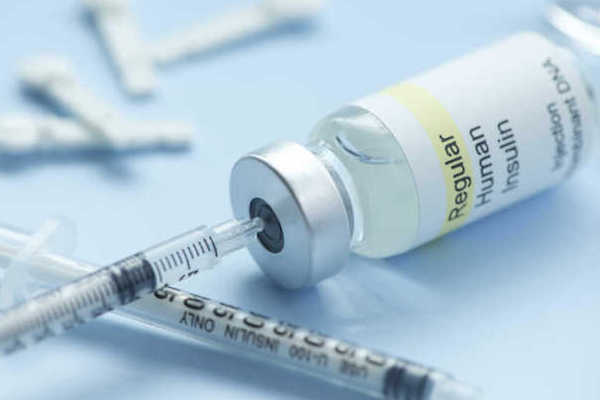A systematic review of clinical data used in economic evaluations for treatments for peripheral artery disease (PAD) found overall high-quality data; however, the authors reported “concern” regarding the quality of reporting and interpretation of results from this data. This study was published in International Journal of Technology Assessment in Health Care.
The purpose of this study, the authors noted, “was not to present economic findings,” but rather to evaluate the level of evidence used to conduct economic evaluations for drug-coated balloons (DCBs) and drug-eluting stents (DESs), two treatments for PAD.
Differences Between DCBs and DES
PAD is the third leading atherosclerotic disease, behind only coronary heart disease and stroke.
DCB angioplasty is a treatment for PAD where a balloon coated with anti-proliferative medication is inserted into the arteries and inflated, flattening the plaque against the artery wall and restoring bloodflow. The medication on the balloon’s surface is delivered to the artery wall and tissue.
On the other hand, a DES is placed into a narrowed peripheral or coronary artery and releases a drug that blocks cell proliferation. Like a DCB, a DES is coated in the slow-release medication.
Economic Evaluations of PAD Treatments
For this study, the researchers performed a systematic review on health economic evaluation studies on the use of these treatments for PAD. They assessed four electronic databases and identified 1,728 potential publications. Then, the researchers evaluated the methodological and reporting quality of these studies using three tools: the Drummond checklist, the Cooper checklist, and the Consolidated Health Economic Evaluation Reporting Standards (CHEERS) checklist.
Six studies were included in the final analysis, including four cost-effectiveness analyses and two cost-utility analyses. The Cooper hierarchy scale found that the studies used “good-quality” data. The analysis also reported high quality of the levels of evidence used for clinical effect sizes, safety data, baseline clinical data, and costs. However, the analysis revealed that the reporting quality of essential information was “lacking.”
In conclusion, the authors wrote, “The present study demonstrates that clinical data used in economic evaluations of DCBs and DESs in PAD are from clinical studies of high quality in general. However, the quality of reporting represents a concern when interpreting the results provided by these economic studies.”
Credit: Original article published here.









